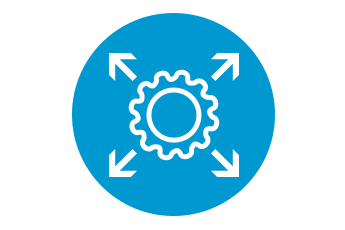BEAM is an AI tool that uses machine learning to automatically map rooftops of buildings in informal settlements for a variety of communal benefits.
The tool is simple and easy to use. It allows users to quickly detect and visualise building footprints and structures in a specific area by uploading aerial images of a given location. Through four easy steps, it predicts which buildings are present in an image by identifying and geo-referencing the pixels that are likely rooftops.
The version used by eThekwini and the City of Cape Town is designed to be run and hosted locally by the city, with the developments in the Central America project optimized for running on the cloud.
Read about the participatory process in eThekwini


Want to use the tool in your region?
Contact unitac@un.org for more information about how to use the tool in your region.




